I went to order beta-carotene from fisher to my surprise it is only stable at -20C and is shipped on dry ice. Could this explain why the yellow, despite being non-cleaving, bleaches so easily in hot sun?
I’m looking for a Canadian source of Ralph Moore’s “1-72-1”
I understand it produces a higher percentage of yellow offspring than it sister seedling “Rise’N Shine.”
If you can help me,I’ll gladly pay the postage. Thank you
Chuckp
Curious…I went to order beta-corotene from Sigma. It was to be shipped in dry ice and kept at -20C. I wonder how a rose is able to keep this colour as well as it can.
Thought I’ll give you a sneek preview of the seedlings that are blooming for the first time this year.
These are from 2014 crop of seedlings. They survived last winter with very little snow cover.
Chuckp
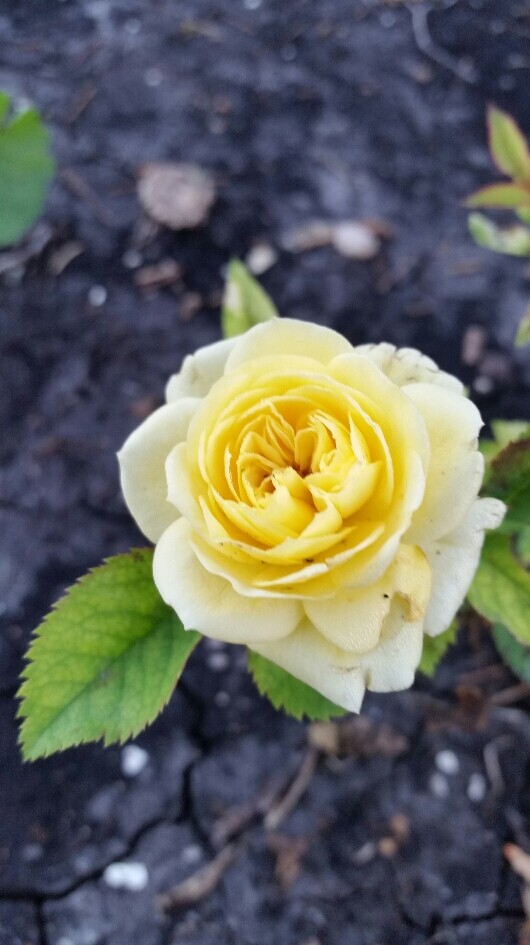
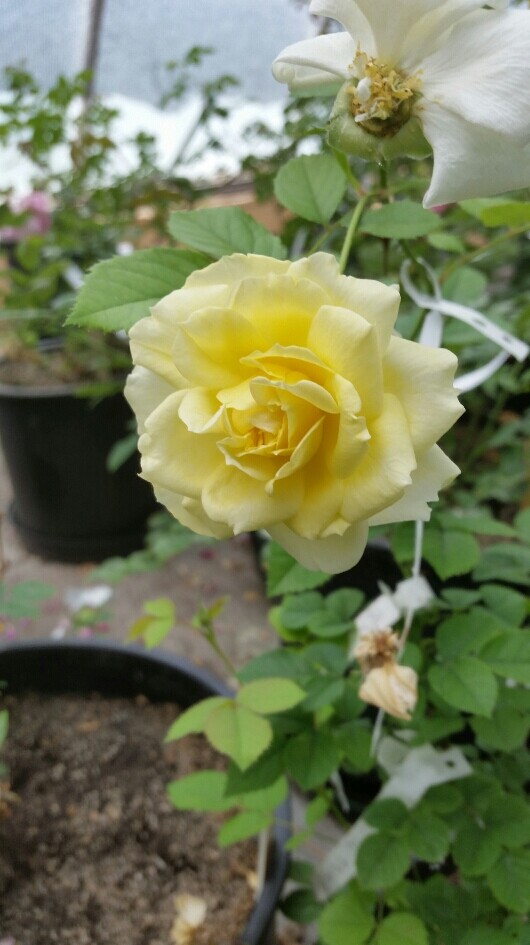
Lovely, Chuck! Congrats!
Well done Chuck, I love the bottom one, good deep color to it.
Thanks Joe and David,
David, the chlorotic appearance of the top two roses may be related to the very cool damp spring we had in Manitoba.
Joe, how do you deal with the problem at the nursery?
Chuckp
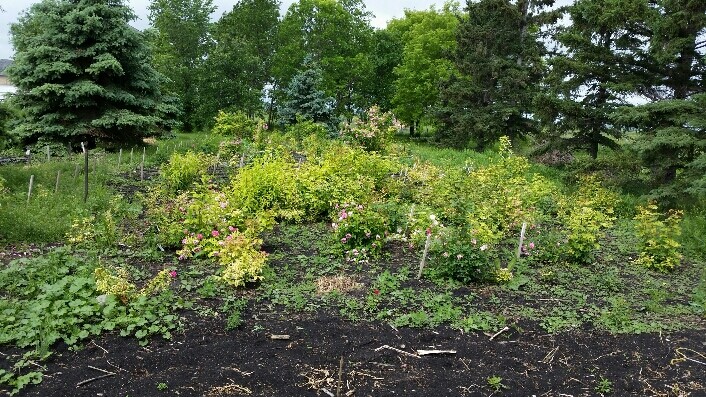
I too believe that a bit of the right kind of red helps - and that the right kind is present in some of the amber and orange tinted roses.
I’m after a more strongly scented and a bit more strongly yellow Tea-like climber. I love my Teas, but my nose can barely smell them, and I’d like a bit more umph to their color. So I’m thinking of working with Autumn Sunset, Prairie Harvest and Honey Perfume. With a long term goal of capturing the Cläre Grammerstorf influence through doubling up on the Friedrich Wörlein, while adding some good Buck genes.
Something like (Autumn Sunset x Prairie Harvest) x (Prairie Harvest x {Honey Perfume or Autumn Sunset}) to hopefully get me a fragrant strong yellow tetraploid.
Then maybe crossed back to an Amber Cloud x Jersey Beauty to generate a fragrant, tough, Tea influenced yellow climber. Petal substance and petal holding time might be lacking a bit, but it would be fun to try. Some cold hardiness might make it through, but I would have no idea (8b/9a).
Regarding Honey Perfume. I’ve suspected that it’s seed parent AROfres might be another Friedrich Wörlein descendant, through Friesia/Sunsprite and perhaps even Westerland - it has the look and fragrance strength to me - and why else would the breeder whom I’d bet was Jack Christensen for Armstrong Roses, use the “fres” after the normal ARO if not for Sunsprite?
Does anyone have knowledge of the ancestry of AROfres? I’d like for it to be a Westerland and Sunsprite offspring. That’s another step I’ve thought of.
RBaxter,
With a Zone 8b/9a growing zone. I’m not sure what growing challenges you can face. Maybe mould , mildew and blackspot. These challenges are universal for all of us.
Week to get the seedlings into the ground. I always promise myself I’ll get it done in June, but it never happens that way.
Chuckp
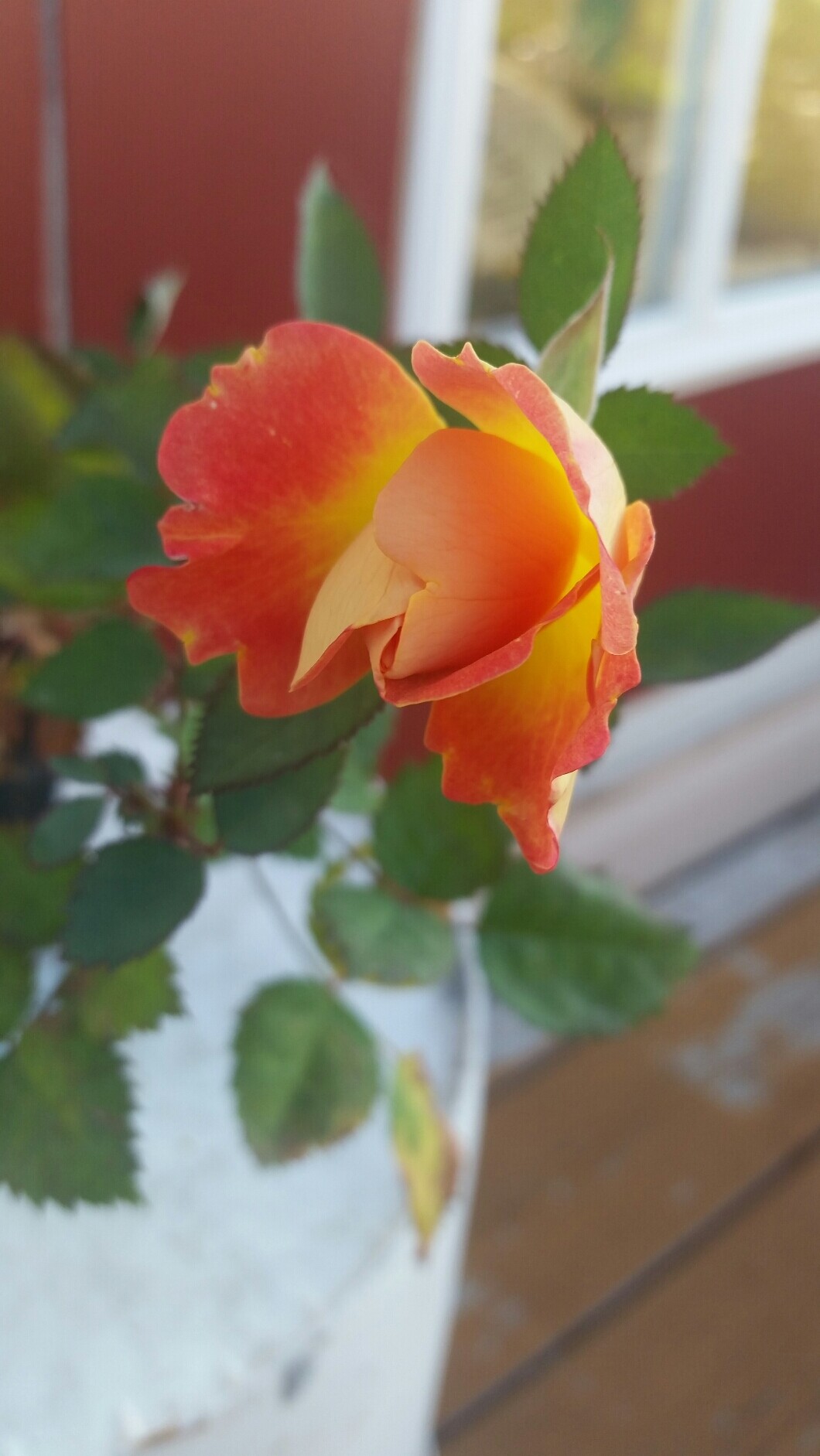
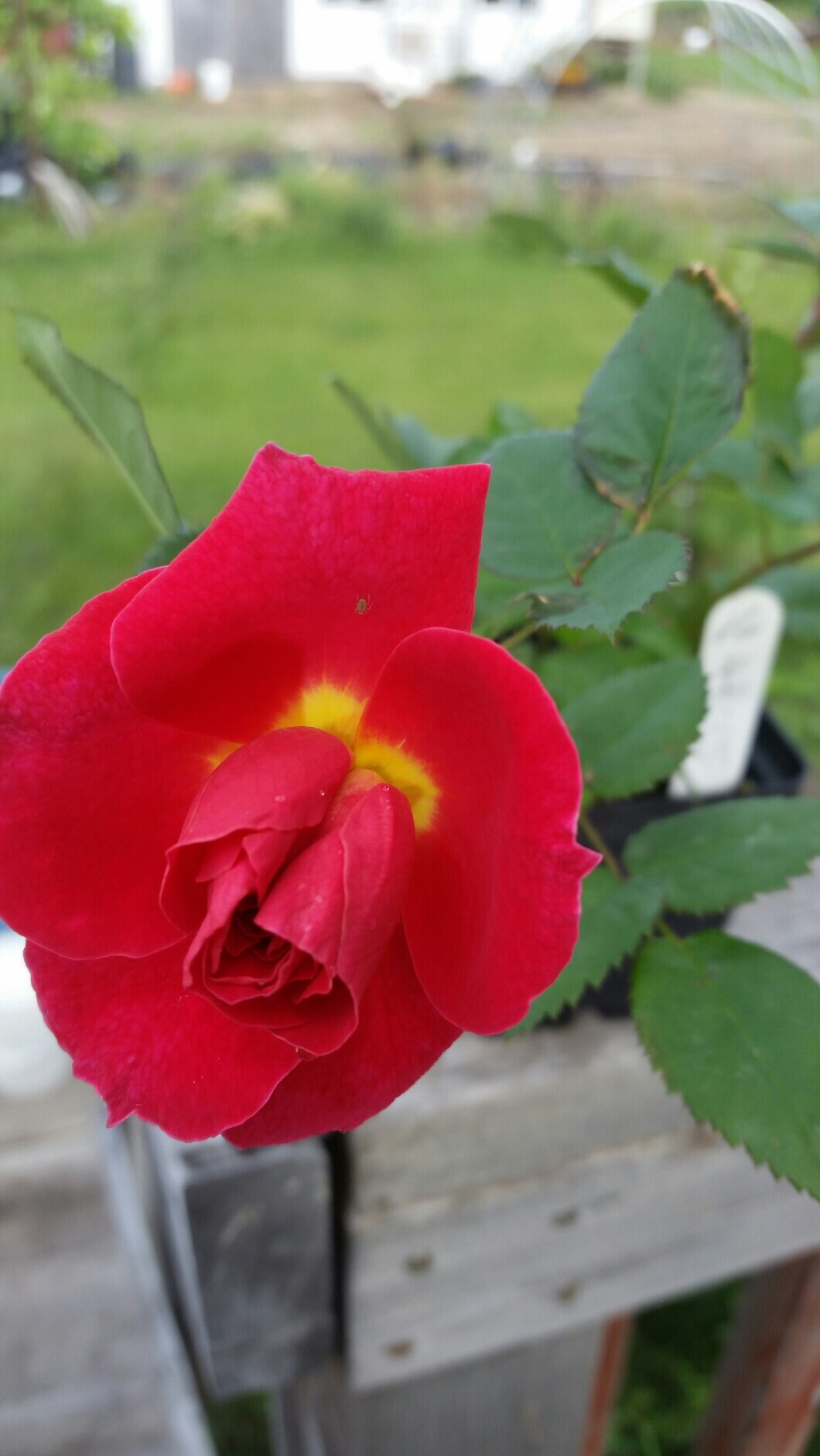
Hi everyone,
It’s been along time since I’ve posted on this subject. Have anyone noticed when working with mins, that sometimes
though the plant is covered with blooms, the primordial hips are underdeveloped on some flowers, these flowers
often are undersized and don’t have pollen.
I’m noticing the in yellow Mini like Rise N Shine and Calpoly. I’ve used both of thes plants previously, and got
copious of pollen and seed set. Feedback would be appreciated.
Chuckp
Hi Chuck!
I have found that too… We got several 'R. ‘N Shine’ plants to use to develop a population of seedlings of it as a susceptible rose to multiple races of black spot as a female with some different roses with different races specific resistances. In the past I remember it as a great seed parent. As the plants matured most blooms were underdeveloped and without pollen… Eventually we chose to use ‘Morden Blush’ as our susceptible parent. 'R ‘N Shine’ has since produced abundant and full op hips as well as anthers. I wonder if part if it is the plants may need to mature a bit in size before the flowers are more fertile. It also seems there may be some environmental components even on larger plants that lead to poor or better fertility, but I’m not clear what the environmental components are.
Thanks David,
NowI know I’m not imagining this. In 2014, I bought three plants each of Rise N Shine, Bees Knees, and
Calpoly. I was able to get lots of viable pollen and harvested lots of viable seeds. I am now evaluating some of these 2014
seedlings, some of the are impressive.
When I look at the 2015 seed harvest, the harvest of hips on these mini-roses were down substantially. Most of
these plants have succumbed during winter. I think I’ll have to treat these minis as expensive annuals.
I would love to hear from folks residing in warmer places where the overwintering of breeding stock (minis) is not so precarious.
Chuckp
This might be a good place to share some photos of my attempts with Prairie Peace, pollen supplied by Joe b. PP seems to take to yellow fairly well, surely a lot more easily than R.altaica. I have a few more photos but will have to go to the next submission because I am unable to add more than 3–still get that message.


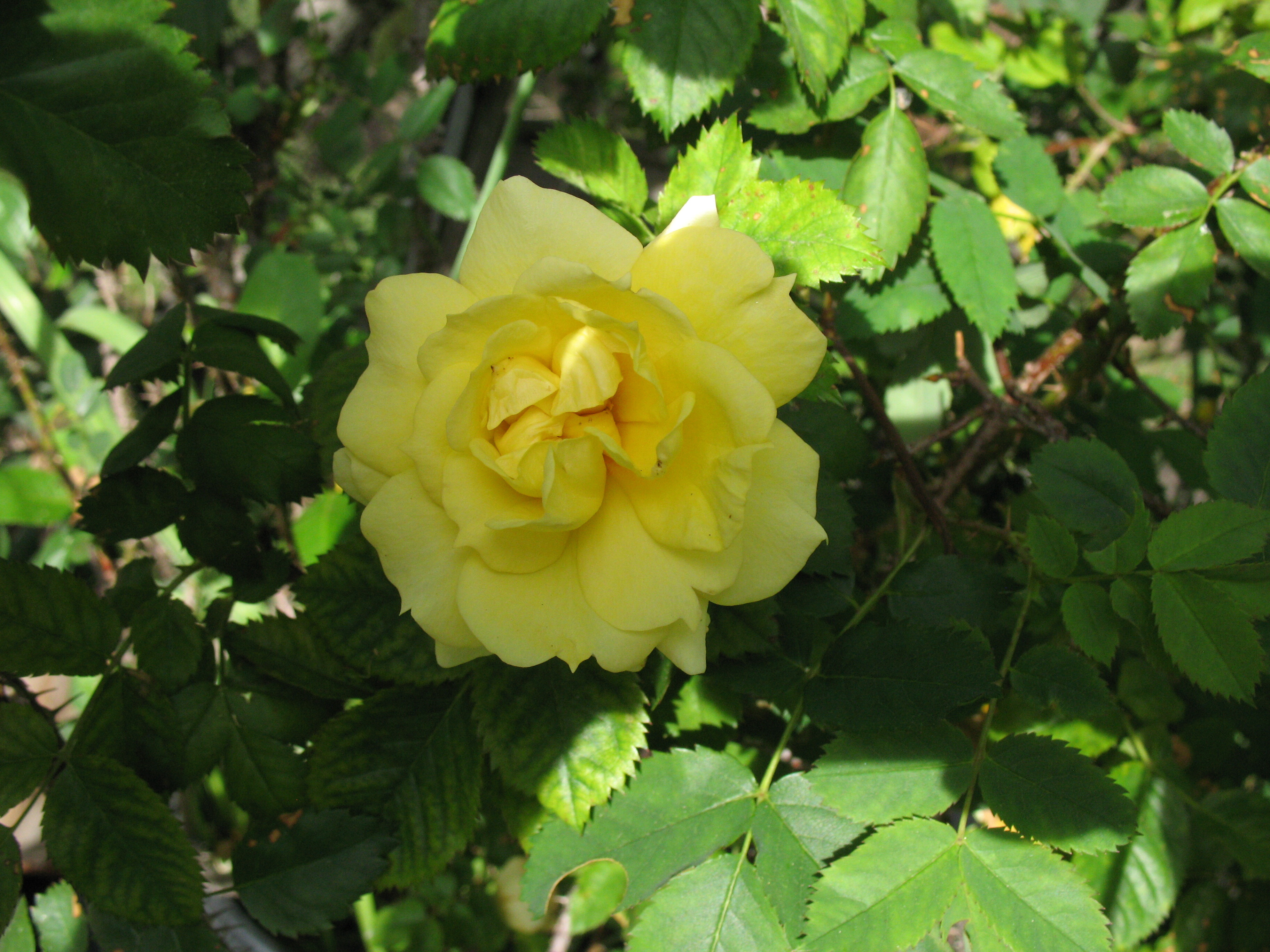
[attachment=1]2017 LOTM x PP 005.jpg[/attachment][attachment=2]2017 GemRossxLOTMxPP 012.jpg[/attachment][attachment=2]2017 GemRossxLOTMxPP 012.jpg[/attachment]

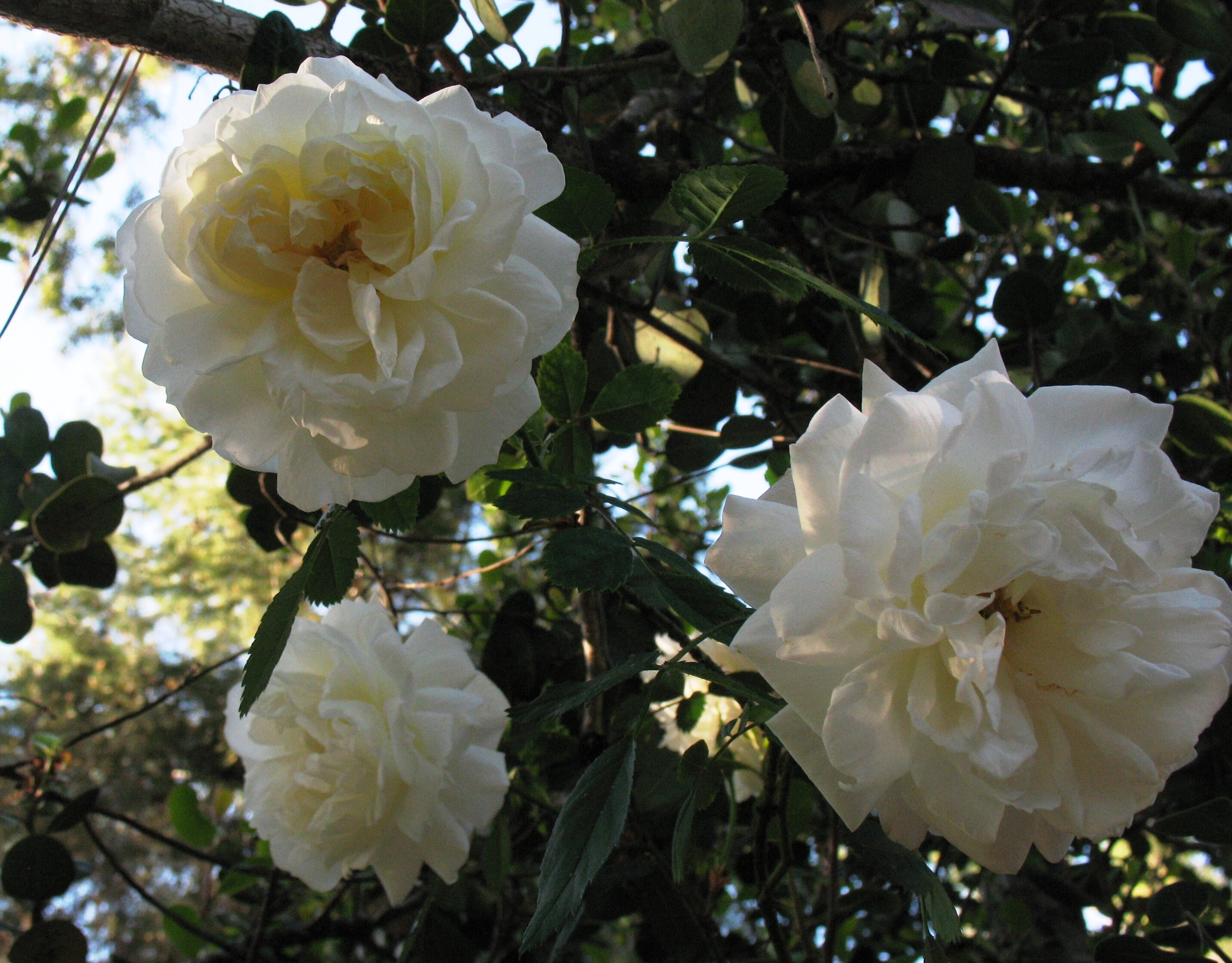
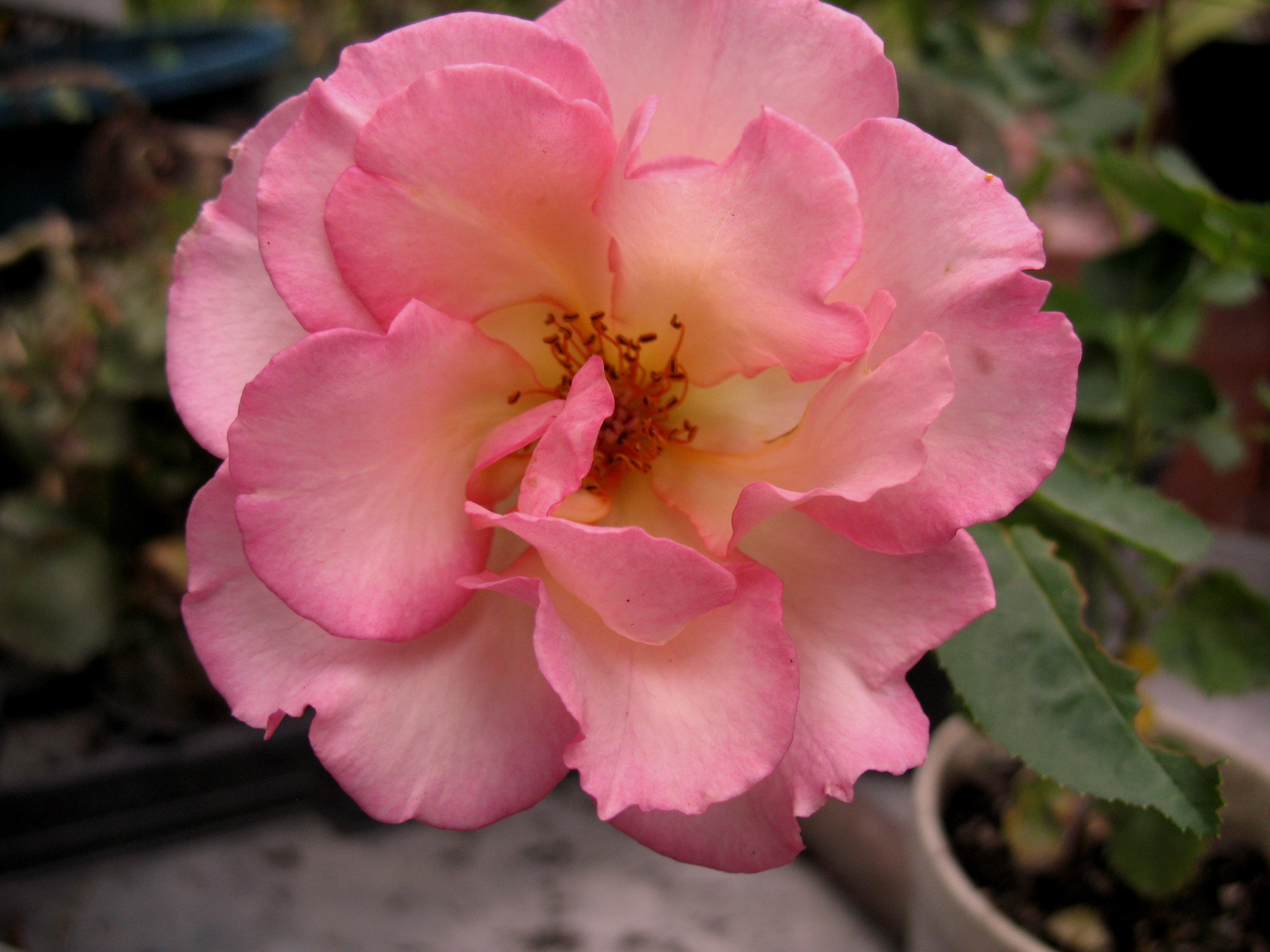
[attachment=0]2017 Gemshock x Prairie Peace 012.jpg[/attachment]
I have a few more repeating offspring from both r. altaica and Prairie Peace, along with a few repeaters from R. Virginiana crosses, also from Joe. Will post those on another topic.
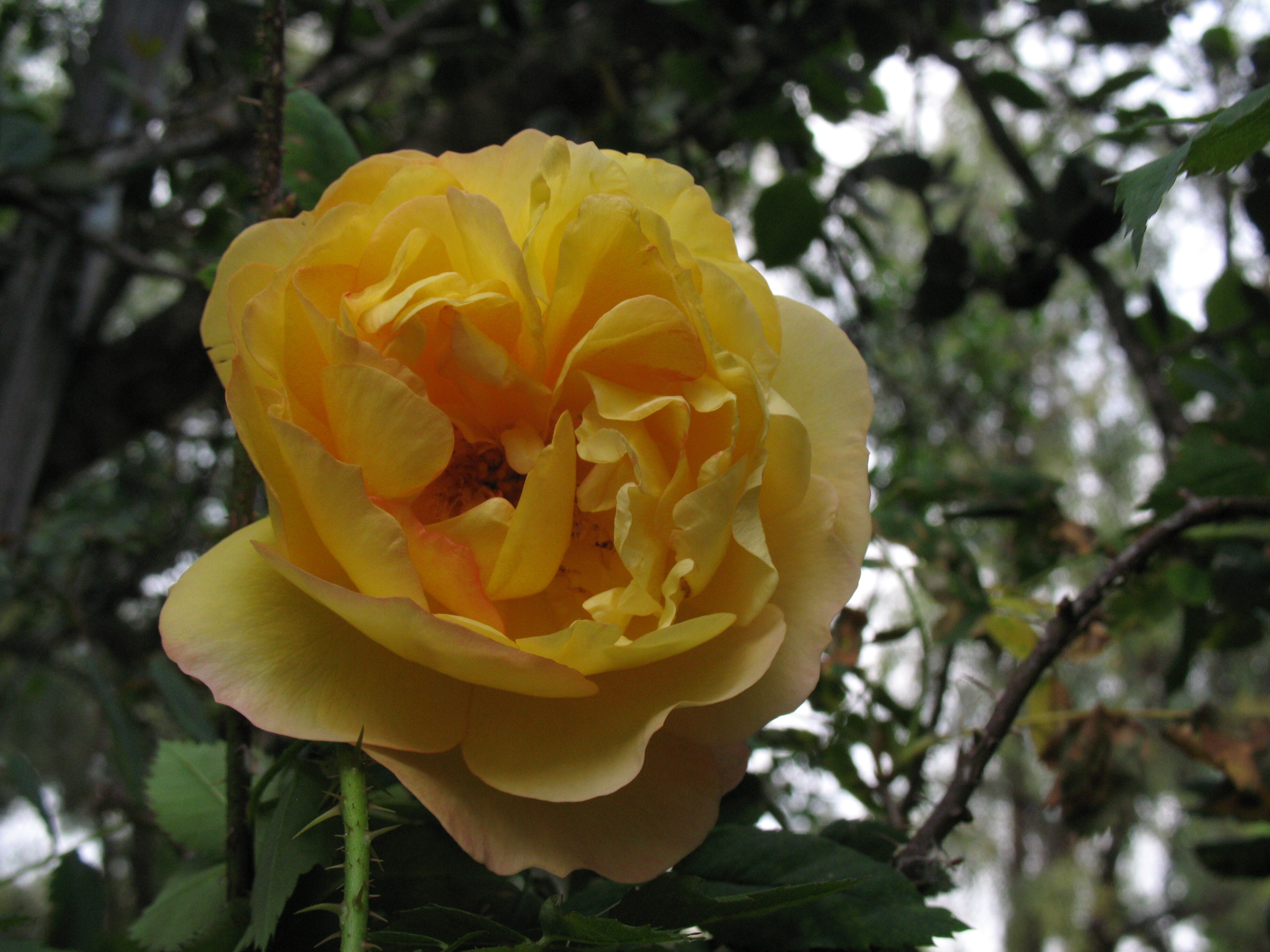
As I posted on this tread before. I’ve employed Rise N Shine to breed yellows. These seedlings
have survived two seasons of Canadian Prairie winter weather and showing decent blackspot resistance.
What I’m having trouble with,few of these R.N.S seedling set hips.
Have anyone experienced the problem?
Hi Chuck, what were your other parents with 'Rise ‘N Shine’? Perhaps the genetics and/or ploidy are enough different with these other parent(s) to limit or impact fertility of the hybrids.
I seem to have missed seeing all of Jackie’s pics until now. Congrats on getting repeaters in the second generation! I’ve found that to be difficult when incorporating tetraploid species such as R. virginiana.
Did you ever post pics of the virginiana hybrids, Jackie?
Hi David,
Thanks for your reply. I crossed R.N.S with some of my own hybrids. And some of the Explorer hybrids.
What is the ploidy of R.N.S? Not listed on HMF.
Chuckp